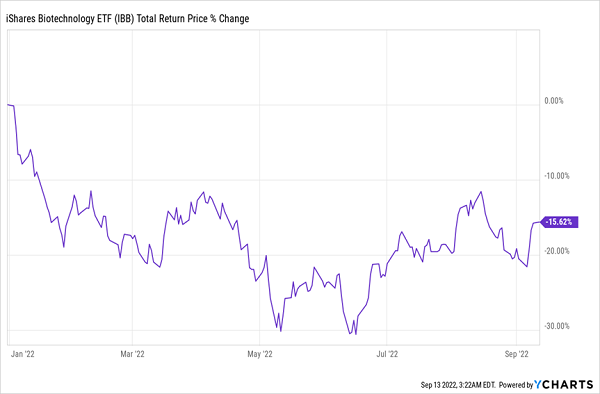To paraphrase the great Jerry Maguire:
Show me the money. Monthly!
I don’t know about you, but my bills come every 30 days. So, I demand the same from my dividends.
Monthly dividend payers are a “must have” in retirement. After all, who has the time to track down a quarterly payment? Afternoons are for craft cocktails, not accounting.
(My buddy makes a dangerously tasty absinthe old fashioned. Would wait until after sundown on that one.)
Speaking of bitters, that’s life as a quarterly dividend receiver (sorry, couldn’t resist). Monthly payouts are magical, and not just for passive income. These income vehicles also hold three core advantages against all other stocks and funds that pay less frequently:
- Better overall returns thanks to compounding: If all else (performance and yield) is equal, a monthly dividend stock, with dividends reinvested, will always return just a little more over time than stocks that pay quarterly, semiannually or annually because you can put your cash to work sooner, which means it can compound faster.


Recent Comments